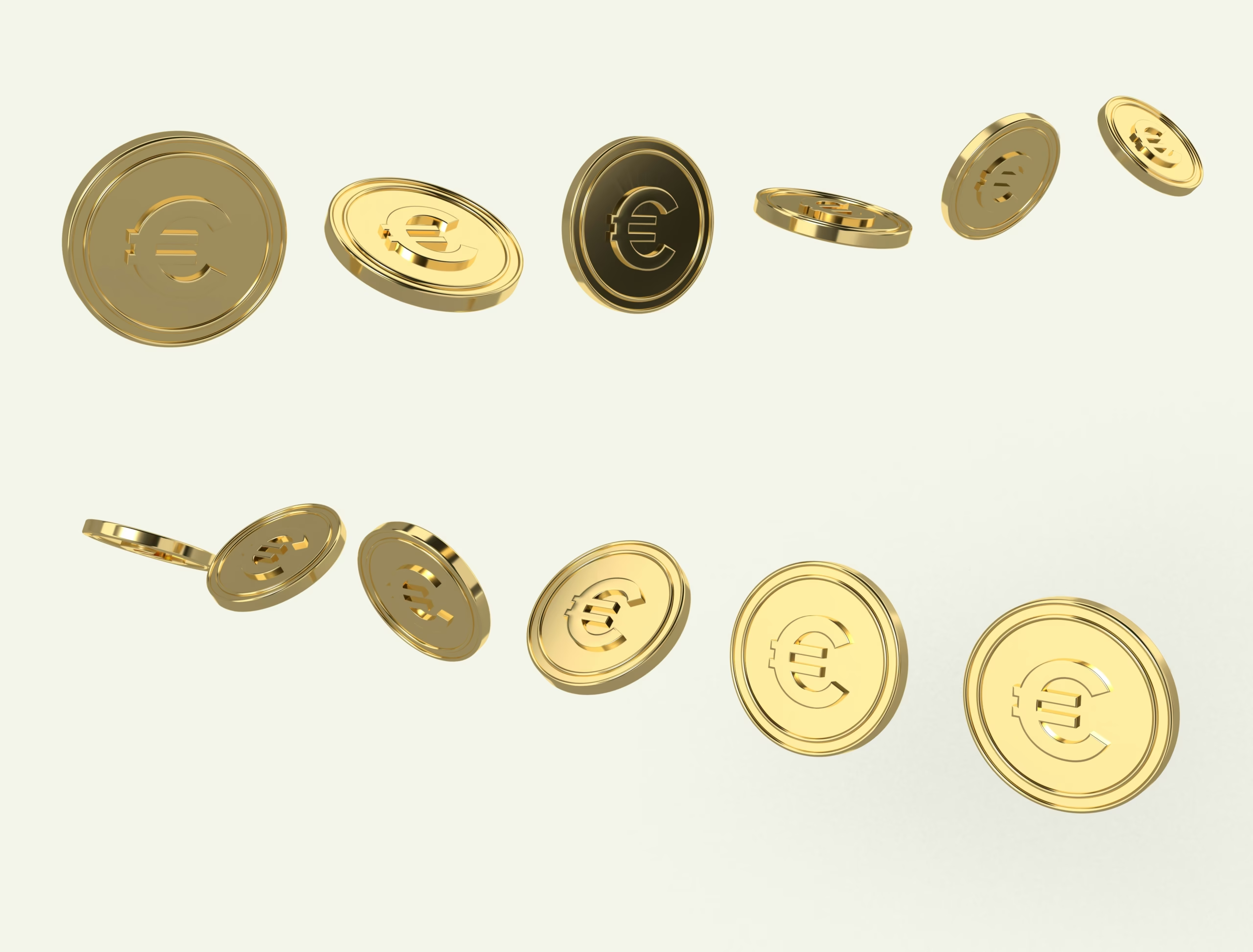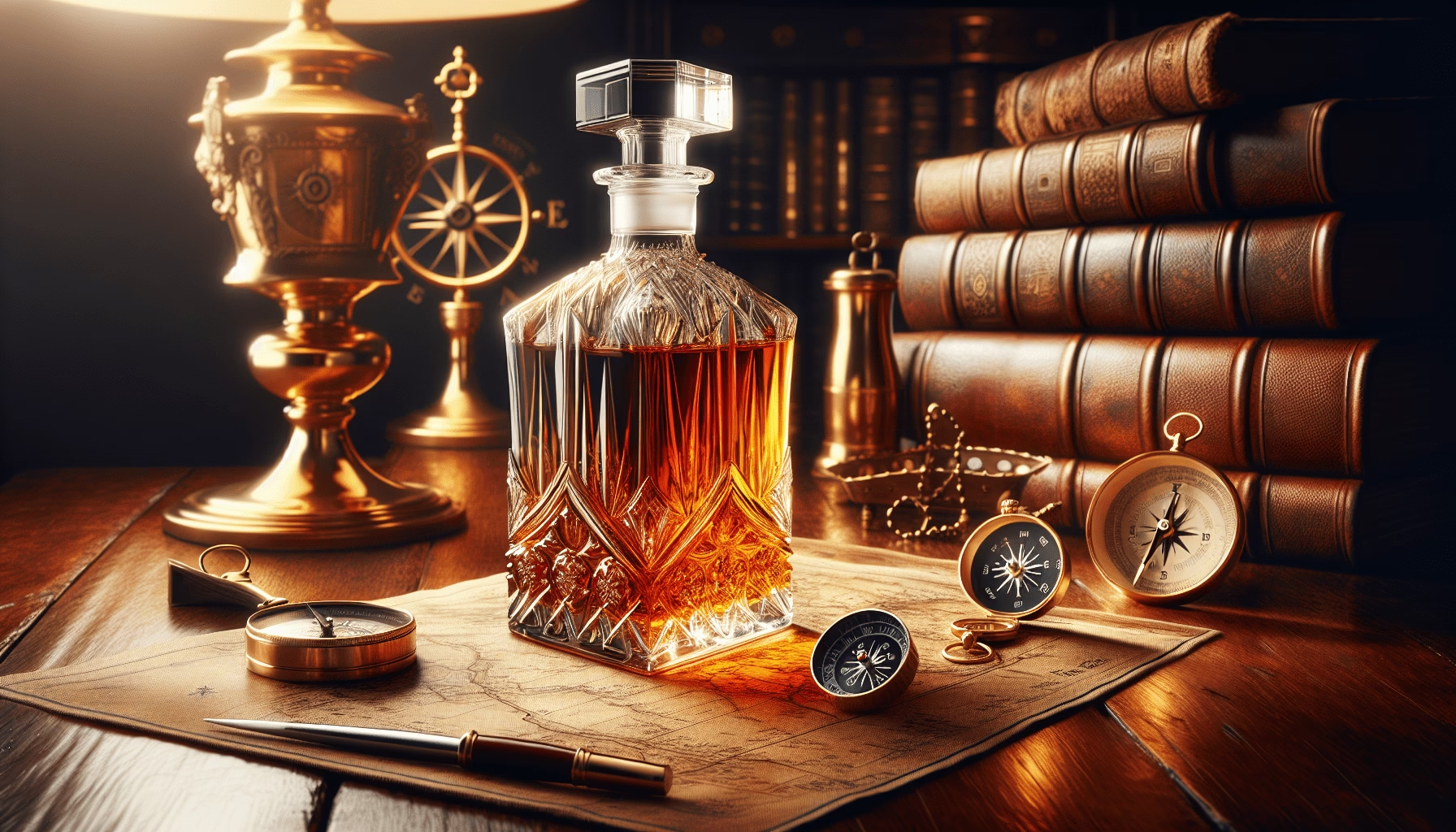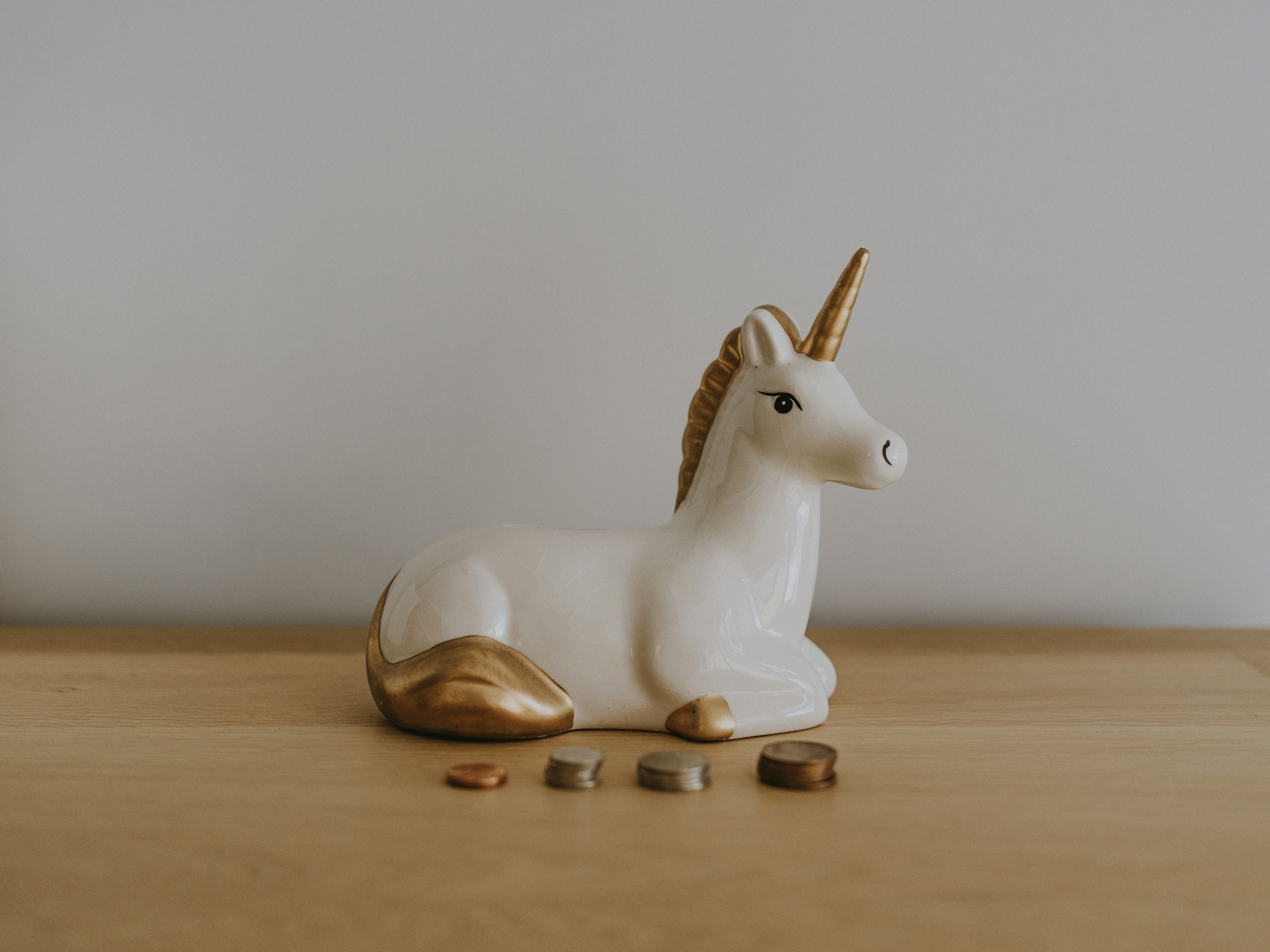What makes rare whiskey such an alluring investment strategy in today’s market? The allure of whiskey is not solely in savoring its rich flavors but also in the potential of transforming a mere bottle into a valuable asset. As more collectors and investors pour into the rare whiskey market, understanding the nuances of this investment strategy becomes essential.

Table of Contents
The Origins of Rare Whiskey Investment
The journey of whiskey from humble spirit to coveted investment commodity is a fascinating tale. Whiskey production dates back centuries, with its origins entrenched deep within the cultural heritage of Scotland and Ireland. Initially, whiskey was merely a product of rural distillation. However, it slowly evolved into a drink symbolizing craftsmanship and tradition.
Historical Context
The market for rare whiskey as an investment began to gain traction in the late 20th century. As global affluence grew, so did the desire for luxury goods, with collectible whiskey emerging as a sought-after item. Auction houses began to recognize this demand, and soon, rare bottles fetched astronomical prices.
A pivotal moment was the sale of a bottle of Macallan 1926 Fine & Rare, which sold for a record-breaking amount, further cementing whiskey’s status as a viable investment. The cultural narrative transformed from viewing whiskey as a mere beverage to appreciating it as a marketable asset with potential returns.
Investment Potential Today
Today, whiskey investment is buoyed by its limited availability and craftsmanship. Distilleries produce only a finite number of bottles, which, compounded by aging processes, results in rare editions increasing in value. Moreover, each bottle encapsulates years of history and expertise, making it inherently valuable.
Key Concepts in Whiskey Investment
Investing in whiskey isn’t entirely dissimilar to other asset classes, but certain unique characteristics demand attention. Investors must grasp key components to ensure their investment decisions are informed and strategic.
Understanding Scarcity and Age
Scarcity is a central pillar in determining a whiskey bottle’s value. This scarcity arises not only from limited editions but also from the periodic closure of distilleries, often resulting in remaining stock becoming more scarce and valuable. Age also plays a crucial role; a whiskey aged for decades usually commands higher prices due to its rarity and the expertise required for its production.
Whiskey Provenance
Another significant factor is the provenance or origin of the whiskey. Authenticity is paramount as it directly influences value. Verified origin stories, distillery narratives, and production methods all contribute to a bottle’s story, enhancing its allure and worth among collectors and investors.
Market Fluctuations and Trends
Like any other market, the rare whiskey market is subject to fluctuations. Influences range from economic conditions to changes in taste and preference, impacting demand and, consequently, prices. Staying informed about these trends can aid potential investors in making savvy decisions.

Strategies for Investing in Rare Whiskey
Engaging in whiskey investment requires more than a penchant for the drink; it involves strategic planning and keen market insights. Below are detailed strategies that can serve as a guide for aspiring investors.
Building a Diverse Portfolio
A key to successful investment lies in diversification. As with stock market portfolios, whiskey investors spread their investments across various brands, ages, and regions. A mix of well-known and emerging distilleries offers a buffer against market volatility, ensuring a balanced risk-to-reward ratio.
Focusing on Distilleries
Not all distilleries are deemed equal in the investment world. Brands such as Macallan, Glenfiddich, and Yamazaki are synonymous with high market value. Their historical significance, combined with consistent quality, makes them prime targets for investors. However, discerning investor should also consider lesser-known distilleries that might gain prominence over time.
Analyzing Market Value
The whiskey market thrives on data and analysis. Various resources and databases provide price guides and auction results, which are essential in evaluating a bottle’s current market worth. Investors are advised to familiarize themselves with these resources to make evidence-based decisions.
Understanding Storage Requirements
Unlike traditional stock investments, whiskey requires physical storage. Proper conditions, including stable temperature and humidity levels, are crucial for maintaining the bottle’s condition. Investors often seek professional storage services to ensure optimal preservation, which indirectly safeguards their investment’s value.
Case Studies and Real-World Examples
To better understand the dynamics and potential of whiskey investment, examining past successes and lessons is invaluable.
A Collector’s Journey with Macallan
Consider the story of a collector who invested in a series of Macallan bottles over a decade. Purchased initially for personal enjoyment, these bottles appreciated significantly and were later sold at auction for substantial profits. This case underscores the impact of brand reputation and aging on market value.
Emerging Distilleries and Market Growth
An emerging trend is investing in newer distilleries, such as Japanese whiskey producers Hibiki and Nikka. Initially underappreciated, these brands have soared in value, reflecting the importance of anticipating market shifts and diversifying investments.
The Role of Auctions
Auctions serve as a focal point in the whiskey investment landscape. They offer a glimpse into current market trends, prices, and buyer interests. Successful auctions can significantly boost a bottle’s value, marking a successful exit strategy for many investors.
Challenges and Risk Management
Every investment comes with inherent risks, and whiskey is no exception. Addressing these potential pitfalls can preserve investment value and enhance long-term returns.
Authenticity Verification
The growing market for rare whiskey has unfortunately given rise to counterfeits. Investors must prioritize authenticity verification, often working with experts and appraisers to ensure they are purchasing genuine products.
Market Volatility
The whiskey market, while stable relative to other luxury goods, is not immune to volatility. Economic changes, consumer preferences, and distillery practices all affect market stability. Investors must be prepared for these fluctuations and plan their strategies accordingly.
Long-Term Commitment
Whiskey investment often requires a long-term perspective. Unlike stocks, which can offer more immediate returns, whiskey’s value tends to appreciate over extended periods. Investors should be prepared to commit both time and resources to their portfolios.
The Future of Whiskey Investment
The landscape of whiskey investment is continually evolving, driven by emerging trends and shifting consumer preferences. Predicting future trajectories is crucial for any investor aiming to maximize profits.
Technological Innovations
Technological advancements are beginning to influence the whiskey industry, from digital auction platforms to blockchain for authenticity verification. These innovations can streamline investment processes and enhance security, offering new opportunities for savvy investors.
Globalization and New Markets
Whiskey is becoming increasingly popular in untapped markets, particularly in Asia and Africa. As these regions gain economic strength, demand for luxury collectibles, including whiskey, is expected to rise, presenting new investment opportunities.
Sustainable Practices
Sustainability is gradually becoming a key consideration for investors. Distilleries embracing environmentally-friendly processes are gaining attention, as consumers increasingly prioritize sustainable branding. This trend could shape future investment decisions, as brands focusing on sustainability may become more attractive to socially-conscious investors.

Conclusion and Strategic Tips for Investors
The realm of rare whiskey investment offers an intricate blend of tradition, craftsmanship, and market savvy. By understanding the historical context and market dynamics, investors can strategically navigate this engaging asset class.
Recap of Essential Strategies
- Embrace diversification by incorporating a variety of distilleries and ages into portfolios.
- Stay informed about market trends, distillery reputations, and auction outcomes.
- Prioritize proper storage to maintain the quality and maximize the investment’s longevity.
- Engage experts for authentication and accurately assess the value of potential investments.
By approaching whiskey investment with a methodical and informed mindset, investors can potentially realize significant returns, all while indulging in a passion for one of the world’s most beloved spirits. Understanding the nuances of this market will not only enhance investing strategies but also foster an appreciation for the rich history and craftsmanship that each bottle represents.
Whisky Investment Guide: How to Profitably Invest in Spirits
Understanding Premium Whiskey: A Guide to Storage and Investment


